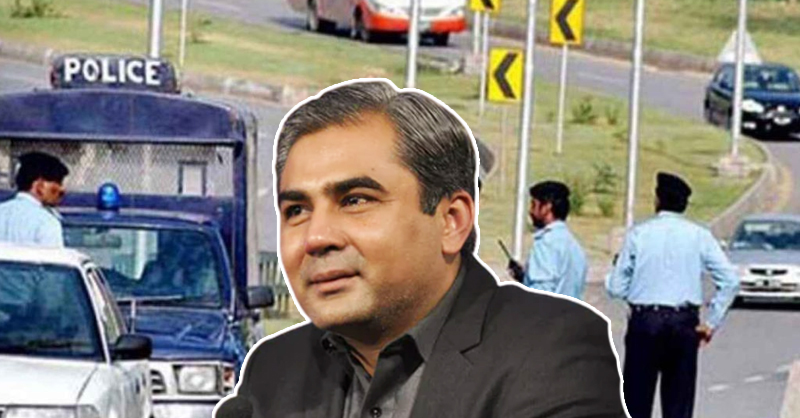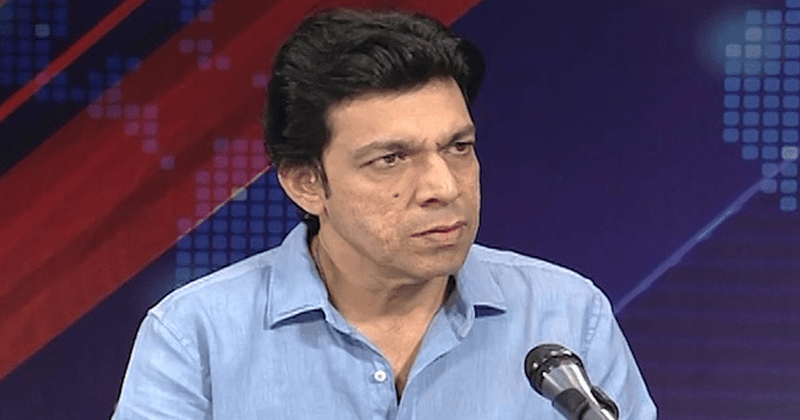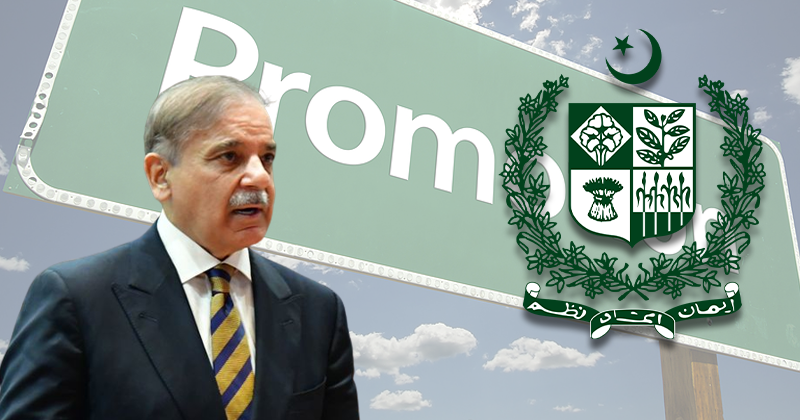Poverty reduced to half in Musharrafs regime: WB report
Saturday, August 07, 2010
By Mehtab Haider
ISLAMABAD: A World Bank survey has revealed that poverty in Pakistan was reduced by 50 percent on consumption-led growth of the economy under the rule of the former president, Pervez Musharraf.
The percentage of the people living below the poverty line in Pakistan fell from 34.5 percent in 2001/02 to 17.2 percent in 2007/08, World Bank said in its Country Partnership Strategy (CPS) paper, based on a survey conducted in fiscal year 2007/08. The bank is going to provide $6 billion to Pakistan on the basis of CPS findings.
According to Planning Commission officials, the PPP-led government asked the commission to conceal the results of the survey because the poverty started rising after the Musharrafs regime.
According to the WB survey, poverty in urban areas fell from 22.7 percent in 2001/02 to 10.1 percent in 2007/08. In rural areas, it declined from 39.3 percent in 2001 to 20.6 percent in 2007/08, it said.
This progress was a result of growth in real per adult consumption expenditure and declining inequality from 2005/06 to 2007/08, the report said.
Key human development indicators of educational attainment, health outcomes and unemployment rates also corroborated these figures, the officials said.
The report showed that the pace of poverty reduction varied across provinces. Poverty in Punjab and Khyber-Pakhtunkhwa steadily declined from 1998/99 onwards. In Sindh and Balochistan, it recorded sharp rises in 2001/02 and 2005/06, possibly owing to weak agriculture performance in those years, the report said.
The reduction in poverty in KP is particularly noteworthy as officials believe that it was facilitated by higher remittances through both foreign and domestic channels. The large volatility in poverty suggests that a substantial portion of Pakistans population is vulnerable, living close to the poverty line, and could fall into poverty as a result of shocks, the report said.
The overlap between vulnerable and poor households is low as about 60 percent of the highly vulnerable population does not belong to the poorest 20 percent. This means that a significant share of the non-poor population is as vulnerable as poor households, it said.
The WB report conceded that the gains in poverty reduction may have been partly reversed in the wake of the recent economic crisis.
Food and fuel prices rose by 23.7 and 18.4 percent, respectively in the review period, resulting in a 21 percent reduction in the purchasing power, it said.
The 2007/08 household survey results also suggest that poverty started rising towards the end of the fiscal year.
Officials said that the impact of the recent economic downturn on poverty levels in the country will only be known when the next household survey is conducted.
The Task Force on Food Security estimated that poverty headcount increased to 33.8 percent in 2007/08 and 36.1 percent in 2008/09. This means that about 62 million people were below the poverty line in 2008/09.
Data suggests that between 2005 and 2009, over 12 to 14 million people may have been added to the ranks of the poor in Pakistan. This would translate into an increase in poverty from 22.3 percent of the population in 2005/06 to between 30-35 percent in 2008/09, the report added.
http://www.thenews.com.pk/daily_detail.asp?id=255182
Saturday, August 07, 2010
By Mehtab Haider
ISLAMABAD: A World Bank survey has revealed that poverty in Pakistan was reduced by 50 percent on consumption-led growth of the economy under the rule of the former president, Pervez Musharraf.
The percentage of the people living below the poverty line in Pakistan fell from 34.5 percent in 2001/02 to 17.2 percent in 2007/08, World Bank said in its Country Partnership Strategy (CPS) paper, based on a survey conducted in fiscal year 2007/08. The bank is going to provide $6 billion to Pakistan on the basis of CPS findings.
According to Planning Commission officials, the PPP-led government asked the commission to conceal the results of the survey because the poverty started rising after the Musharrafs regime.
According to the WB survey, poverty in urban areas fell from 22.7 percent in 2001/02 to 10.1 percent in 2007/08. In rural areas, it declined from 39.3 percent in 2001 to 20.6 percent in 2007/08, it said.
This progress was a result of growth in real per adult consumption expenditure and declining inequality from 2005/06 to 2007/08, the report said.
Key human development indicators of educational attainment, health outcomes and unemployment rates also corroborated these figures, the officials said.
The report showed that the pace of poverty reduction varied across provinces. Poverty in Punjab and Khyber-Pakhtunkhwa steadily declined from 1998/99 onwards. In Sindh and Balochistan, it recorded sharp rises in 2001/02 and 2005/06, possibly owing to weak agriculture performance in those years, the report said.
The reduction in poverty in KP is particularly noteworthy as officials believe that it was facilitated by higher remittances through both foreign and domestic channels. The large volatility in poverty suggests that a substantial portion of Pakistans population is vulnerable, living close to the poverty line, and could fall into poverty as a result of shocks, the report said.
The overlap between vulnerable and poor households is low as about 60 percent of the highly vulnerable population does not belong to the poorest 20 percent. This means that a significant share of the non-poor population is as vulnerable as poor households, it said.
The WB report conceded that the gains in poverty reduction may have been partly reversed in the wake of the recent economic crisis.
Food and fuel prices rose by 23.7 and 18.4 percent, respectively in the review period, resulting in a 21 percent reduction in the purchasing power, it said.
The 2007/08 household survey results also suggest that poverty started rising towards the end of the fiscal year.
Officials said that the impact of the recent economic downturn on poverty levels in the country will only be known when the next household survey is conducted.
The Task Force on Food Security estimated that poverty headcount increased to 33.8 percent in 2007/08 and 36.1 percent in 2008/09. This means that about 62 million people were below the poverty line in 2008/09.
Data suggests that between 2005 and 2009, over 12 to 14 million people may have been added to the ranks of the poor in Pakistan. This would translate into an increase in poverty from 22.3 percent of the population in 2005/06 to between 30-35 percent in 2008/09, the report added.
http://www.thenews.com.pk/daily_detail.asp?id=255182
































